How Much Does It Cost to Build a Modular Multifamily Building?
Constructing a multifamily building involves considerable planning and investment, with costs varying widely based on several key factors. Generally, the cost to build a multifamily building ranges from $12 million to $45 million for a medium-sized development. On a per-square-foot basis, prices typically fall between $150 and $500. Factors affecting the total cost include the building’s size, the number of units, location, construction materials, and design complexity. Urban areas with higher land and labor costs tend to be more expensive, while rural locations may offer some savings.
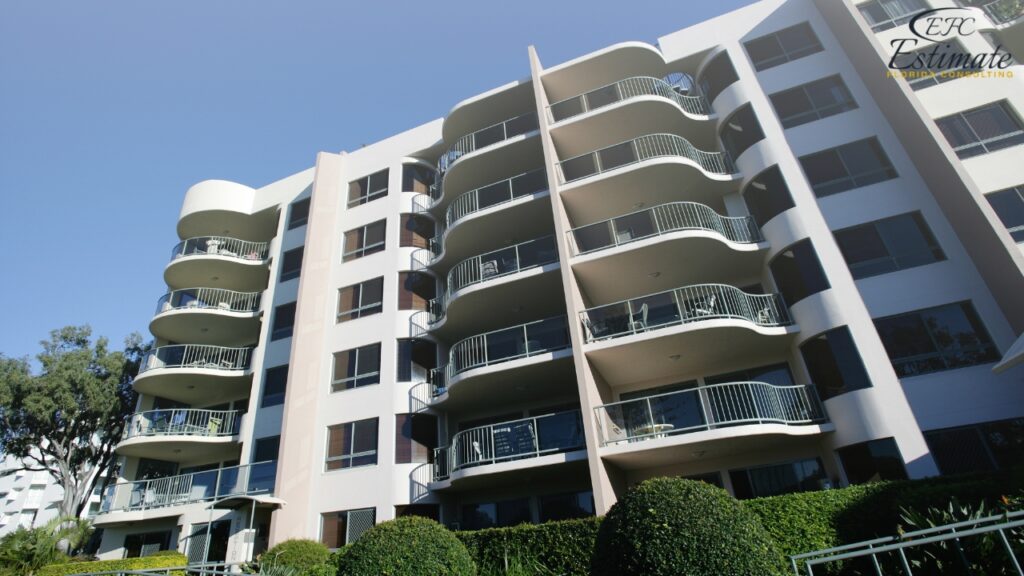
Additional considerations include amenities such as parking facilities, common areas, elevators, and security systems, which can add to the overall cost. Incorporating energy-efficient designs and materials may increase initial expenses but can result in long-term savings through reduced utility costs. Proper budgeting and planning are essential to ensure the project’s financial feasibility while meeting the desired quality and functional standards.
Cost to Build Apartments Based on Complex Size
Commercial construction costs typically range from $195 to $520 per square foot. The overall cost to build an apartment complex depends on the number of units and square footage. Below is a revised table showing the adjusted average costs based on complex size.
Number of Units | Square Footage | Average Total Cost |
4 | 2,000 – 6,000 sq. ft. | $390K – $3.12M |
10 | 5,000 – 15,000 sq. ft. | $975K – $7.8M |
20 | 10,000 – 30,000 sq. ft. | $1.95M – $15.6M |
50 | 25,000 – 75,000 sq. ft. | $4.94M – $39M |
100 | 50,000 – 150,000 sq. ft. | $9.75M – $78M |
Key Factors Influencing Construction Costs
Several factors influence the cost of building a multifamily building, each playing a crucial role in determining the project’s overall budget:
Location
The cost of land and construction can vary significantly depending on the location. Urban areas with high demand for housing typically have higher land costs and construction expenses due to stricter regulations and increased labor costs. Choosing the right location is crucial for maximizing rental income potential and property appreciation. Proximity to amenities, transportation, and employment centers can enhance the attractiveness of the property to potential tenants, increasing occupancy rates and rental yields. Developers should conduct market analyses to identify areas with strong rental demand and potential for growth.
Location Type | Estimated Land Cost per Acre | Total Construction Cost (per sq ft) |
Urban | $3.64 million – $18.2 million | $364 – $728 |
Suburban | $910,000 – $3.64 million | $273 – $546 |
Rural | $182,000 – $910,000 | $182 – $455 |
Building Size and Design
The size and complexity of the building significantly impact construction costs. Larger buildings require more materials and labor, while intricate designs and high-end finishes can also drive up costs. Developers must balance design aesthetics with functionality to create appealing yet cost-effective living spaces. Incorporating sustainable design elements and energy-efficient features can also attract environmentally-conscious tenants and reduce long-term operating costs. Customizing units to meet market demand, such as including amenities like gyms, rooftop gardens, and coworking spaces, can justify higher rental rates and enhance tenant satisfaction. Developers should also consider future-proofing designs by integrating flexible spaces that can adapt to changing tenant preferences.
Building Type | Estimated Cost per Sq Ft | Total Estimated Cost (50,000 sq ft) |
Low-Rise | $273 – $455 | $13.65 million – $22.75 million |
Mid-Rise | $364 – $637 | $18.2 million – $31.85 million |
High-Rise | $546 – $910 | $27.3 million – $45.5 million |
Quality of Materials
The choice of materials influences both initial construction costs and long-term maintenance expenses. High-quality materials can be more expensive but may reduce future repair costs and increase the building’s value. Opting for durable and low-maintenance materials can enhance tenant satisfaction and minimize the need for frequent repairs, contributing to the building’s reputation and tenant retention rates. Developers should also consider the environmental impact of materials, choosing sustainable options that can contribute to certifications like LEED, which can increase property value and appeal. Investing in quality materials upfront can lead to significant savings and improved building performance over time.
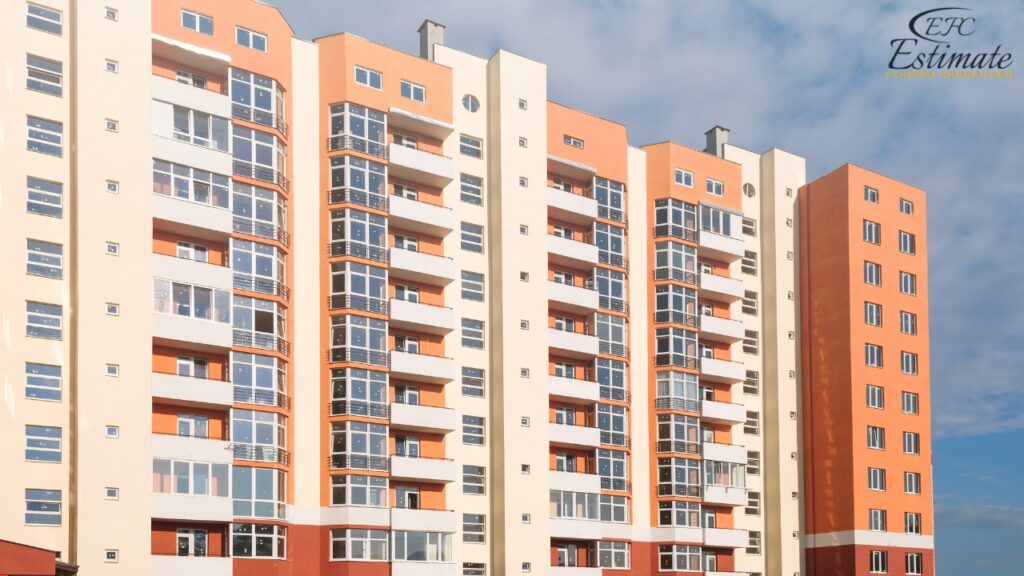
Construction Method
Traditional construction methods may be more labor-intensive and costly compared to modern, prefabricated options, which can offer cost savings and faster build times. Developers should assess the benefits of using modular construction techniques, which can streamline the construction process, reduce waste, and improve project timelines, ultimately leading to cost efficiencies. Modular construction can also offer flexibility in design and scalability, allowing for future expansions or modifications with minimal disruption. By leveraging innovative construction methods, developers can optimize project efficiency and minimize risks associated with traditional construction practices.
Detailed Breakdown of Construction Costs
Here’s a detailed look at the primary components of construction costs for a multifamily building:
Land Acquisition and Preparation
This includes the cost of purchasing land, site surveys, zoning approvals, and site preparation activities like grading and excavation. Proper site preparation is essential for ensuring a stable foundation and minimizing potential issues during construction. Developers should conduct thorough due diligence to identify any environmental or zoning challenges that could impact the project’s feasibility. Engaging with local authorities and community stakeholders early in the process can also help navigate regulatory hurdles and secure necessary approvals. Successful site preparation sets the stage for a smooth construction process and contributes to long-term structural integrity.
Cost Component | Estimated Cost Range |
Land Acquisition | $910,000 – $9.1 million |
Site Preparation | $182,000 – $910,000 |
Design and Permitting
Architectural and engineering fees, along with the cost of obtaining necessary permits and approvals. Engaging experienced architects and engineers can help create efficient and aesthetically pleasing designs that meet regulatory requirements. Timely acquisition of permits and approvals is crucial for avoiding construction delays and ensuring compliance with local building codes. Collaborative planning with designers and engineers can also optimize the building layout for cost efficiency and tenant comfort. By incorporating feedback from stakeholders, developers can ensure that the design aligns with community needs and expectations.
Cost Component | Estimated Cost Range |
Architectural Fees | $273,000 – $910,000 |
Permitting and Approvals | $91,000 – $273,000 |
Commercial Construction Videos
Commercial Construction
Factory Construction
Work Shop Construction
90% More Chances to Win Projects With Our Estimate!
- Multi-Family Building
- Hotel Building
- Hospital Building
- Warehouse Building
- School & University Building
- High-Rise Building
- Shopping Complex
- Data Center Building
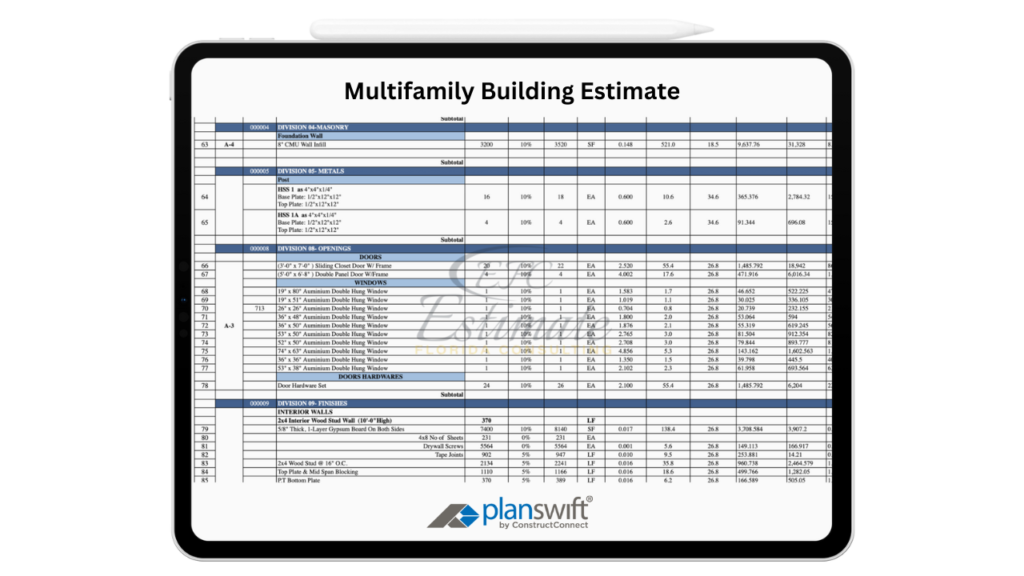
Construction Costs
The largest component, encompassing labor, materials, and project management. Efficient project management and scheduling are vital for minimizing construction timelines and avoiding cost overruns. Developers should prioritize selecting reliable contractors and suppliers to ensure quality workmanship and timely delivery of materials. Utilizing project management software and regular progress reviews can help keep the project on track and within budget. By fostering clear communication among all project participants, developers can mitigate risks and ensure a cohesive execution of the construction plan.
Cost Component | Estimated Cost Range |
Labor | $3.64 million – $14.56 million |
Materials | $5.46 million – $18.2 million |
Systems and Infrastructure
Installation of essential systems such as HVAC, plumbing, and electrical. Investing in high-quality systems can enhance energy efficiency and tenant comfort while reducing operating costs. Implementing smart building technologies and energy-efficient systems can also contribute to sustainability goals and attract environmentally-conscious tenants. Advanced systems for heating, cooling, and water management can significantly lower utility costs and improve overall building performance. Developers should also consider integrating renewable energy sources, such as solar panels, to further reduce environmental impact and operating expenses.
Cost Component | Estimated Cost Range |
HVAC and Plumbing | $910,000 – $2.73 million |
Electrical Systems | $546,000 – $1.82 million |
Interior and Exterior Finishes
Includes the cost of flooring, painting, landscaping, and other finishing touches. High-quality finishes can improve tenant satisfaction and justify higher rental rates. Developers should consider incorporating modern design elements and amenities that appeal to target demographics, such as open floor plans, high-end appliances, and communal spaces. Attractive landscaping and well-maintained exteriors can also enhance curb appeal and create a welcoming environment for residents. Prioritizing design details and high-quality finishes contributes to a positive living experience and fosters tenant loyalty.
Cost Component | Estimated Cost Range |
Interior Finishes | $1.82 million – $5.46 million |
Exterior Finishes | $910,000 – $1.82 million |
Contingency and Miscellaneous Costs
A buffer for unexpected expenses and miscellaneous costs like insurance and financing. Allocating a contingency fund helps manage unforeseen challenges and ensures project completion without financial strain. Developers should also account for insurance and financing costs, which can impact overall profitability. Having a well-planned contingency budget can provide peace of mind and flexibility to address any unexpected issues that arise during construction. By anticipating potential risks and preparing accordingly, developers can protect their investments and maintain project momentum.
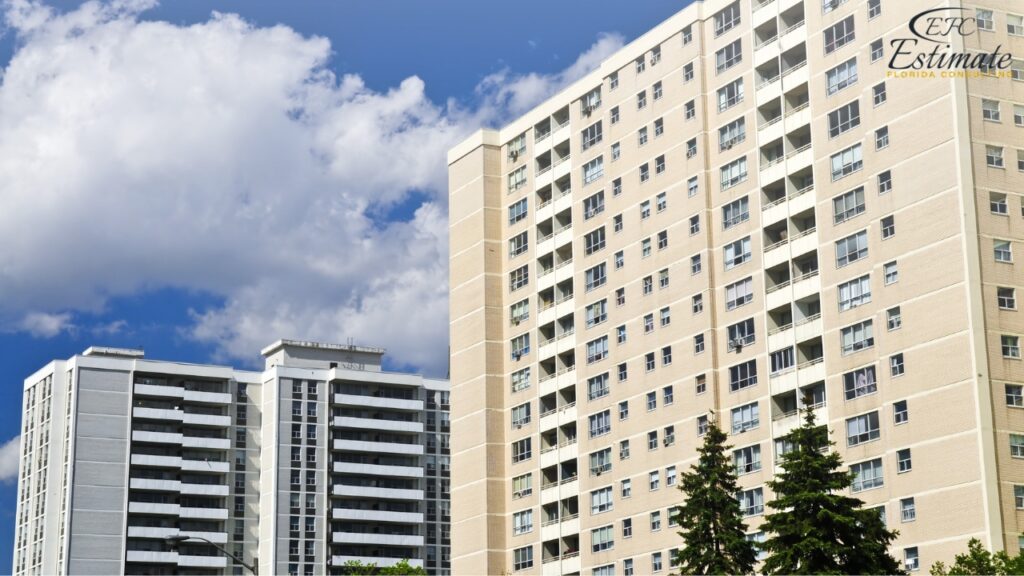
Cost Component | Estimated Cost Range |
Contingency Fund | 5% – 10% of total cost |
Miscellaneous Costs | $182,000 – $910,000 |
Exploring Financing Options
Securing the right financing is critical to managing cash flow and covering upfront costs. Options include construction loans, partnerships, and investor funding. Developers should explore various financing avenues to determine the best fit for their project’s needs and financial goals. Understanding the terms and conditions of different financing options can help optimize cash flow and minimize financial risk. By aligning financing strategies with project objectives, developers can enhance the financial viability of the development.
Construction Loans
Typically used to cover the costs of building a multifamily property, these loans are short-term and often converted into permanent financing upon completion. It’s important to compare interest rates and terms from different lenders to secure the most favorable financing package. Engaging with financial advisors can also help structure the loan to align with the project’s cash flow needs. Developers should also consider the potential impact of interest rate fluctuations on their financial projections.
Equity Partnerships
Partnering with investors can provide additional capital and share the financial risk. Developers should seek partners who align with their vision and investment strategy, fostering a collaborative approach to achieving project success. Establishing clear terms and expectations through legal agreements can ensure smooth partnerships and minimize potential conflicts. By leveraging investor expertise and networks, developers can enhance project outcomes and drive long-term value creation.
Government Incentives and Grants
Some areas offer incentives or grants for multifamily projects that incorporate affordable housing units or sustainable design practices. Researching and applying for these opportunities can provide valuable financial support and enhance project viability. Developers should stay informed about local, state, and federal programs that offer tax credits, low-interest loans, or other financial incentives for eligible projects. By aligning development goals with public policy objectives, developers can maximize funding opportunities and community benefits.
Navigating Regulatory Compliance
Understanding local building codes and regulations is essential to avoid delays and additional costs. Engaging with experienced consultants and legal advisors can streamline the process. Developers must ensure that their projects comply with zoning laws, environmental regulations, and accessibility standards to prevent potential legal and financial issues. By proactively addressing regulatory requirements, developers can minimize risks and create projects that meet community expectations.
Zoning and Land Use Regulations
Ensuring the proposed development aligns with local zoning requirements is crucial for project approval. Developers should engage with local planning authorities early in the process to address any zoning challenges and secure necessary variances. By participating in public hearings and community meetings, developers can build support for their projects and address any concerns from local stakeholders.
Download Template For Multi-family Building Project Breakdown
- Materials list updated to the zip code
- Fast delivery
- Data base of general contractors and sub-contractors
- Local estimators
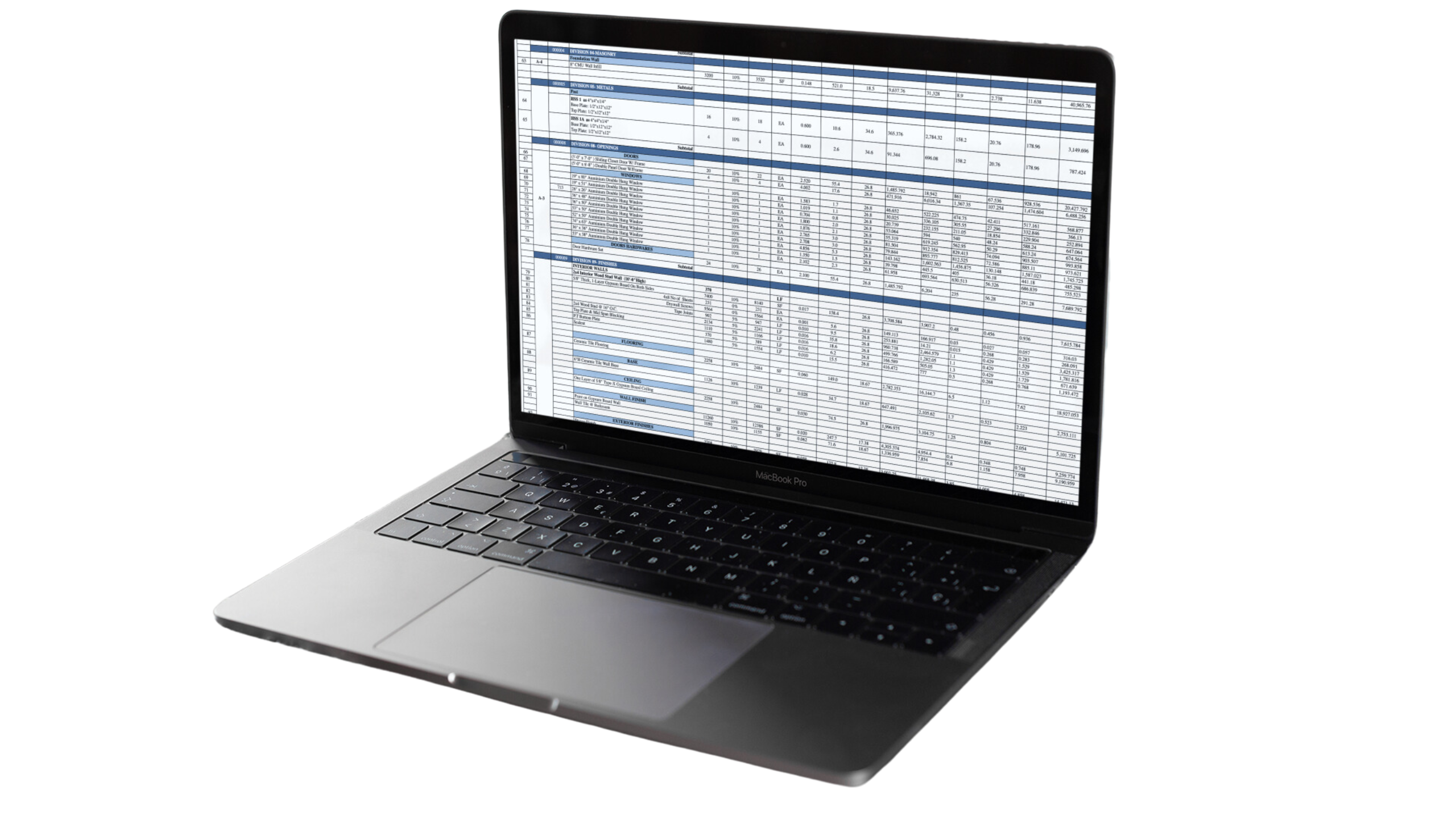
Environmental Impact Assessments
Conducting thorough assessments to identify potential environmental impacts and implementing mitigation strategies can help gain community support and regulatory approval. This step is especially important for projects in sensitive ecological areas. Developers should work with environmental consultants to identify potential risks and develop strategies to minimize adverse effects on natural resources and ecosystems.
Building Codes and Safety Standards
Adhering to building codes and safety standards ensures the safety and well-being of tenants and protects the developer from liability. Regular inspections and quality control measures can help maintain compliance throughout the construction process. Developers should also consider incorporating safety features such as fire suppression systems and emergency evacuation plans to enhance tenant safety and peace of mind.
Long-Term Maintenance and Management Considerations
Planning for ongoing maintenance and management is crucial for preserving the building’s value and ensuring tenant satisfaction. Investing in high-quality management services can enhance the building’s reputation and tenant retention rates. Effective property management strategies contribute to a positive tenant experience, reducing turnover and maintaining steady rental income. By prioritizing maintenance and management, developers can protect their investments and build long-term relationships with tenants.
Preventive Maintenance
Implementing a preventive maintenance plan can extend the lifespan of building systems and reduce repair costs. Regular inspections and maintenance of HVAC, plumbing, and electrical systems can prevent unexpected breakdowns and ensure optimal performance. By scheduling routine maintenance and addressing minor issues before they escalate, developers can minimize disruptions and maintain a high standard of living for tenants.
Tenant Services and Amenities
Offering desirable amenities and services can enhance tenant satisfaction and justify higher rental rates. Developers should consider providing on-site facilities such as fitness centers, community rooms, and concierge services to attract and retain tenants. By fostering a sense of community and offering convenient services, developers can create a positive living environment that encourages tenant loyalty and referrals.
Sustainability and Energy Efficiency
Incorporating sustainable practices and energy-efficient systems can reduce operating costs and appeal to environmentally-conscious tenants. Developers should consider investing in renewable energy sources, water-saving fixtures, and energy-efficient lighting to enhance the building’s environmental performance. By promoting sustainability, developers can differentiate their properties in the market and contribute to broader environmental goals.
Conclusion
Building a multifamily building is a significant investment that requires careful planning and budgeting. By understanding the factors that influence costs and considering additional elements like financing and regulatory compliance, developers and investors can make informed decisions and achieve successful project outcomes. With the right approach, a multifamily building can become a valuable asset that generates substantial income and long-term growth. By prioritizing quality, efficiency, and tenant satisfaction, developers can create properties that stand out in the market and contribute positively to communities.
FAQs
The cost to build a multifamily building typically ranges from $12 million to $45 million for a medium-sized development. On a per-square-foot basis, prices generally fall between $150 and $500.
Several key factors influence the total cost, including the building’s size, the number of units, location, construction materials, and design complexity. Additional considerations include amenities such as parking facilities, common areas, elevators, and security systems.
Location plays a significant role in determining costs. Urban areas with higher land and labor costs tend to be more expensive, while rural locations may offer some savings. The proximity to amenities, transportation, and employment centers also impacts the cost.
- Urban: $3.64 million – $18.2 million per acre
- Suburban: $910,000 – $3.64 million per acre
- Rural: $182,000 – $910,000 per acre
Larger buildings and those with intricate designs or high-end finishes require more materials and labor, driving up costs. Sustainable and energy-efficient designs may increase initial expenses but can result in long-term savings.
- Low-Rise: $273 – $455 per sq ft
- Mid-Rise: $364 – $637 per sq ft
- High-Rise: $546 – $910 per sq ft
High-quality materials can be more expensive initially but may reduce future repair costs and increase the building’s value. Opting for durable, low-maintenance, and sustainable materials can enhance tenant satisfaction and reduce long-term expenses.
Modern, prefabricated construction methods can offer cost savings, faster build times, and reduced labor intensity compared to traditional methods. Modular construction can also provide flexibility in design and scalability.
Google Reviews

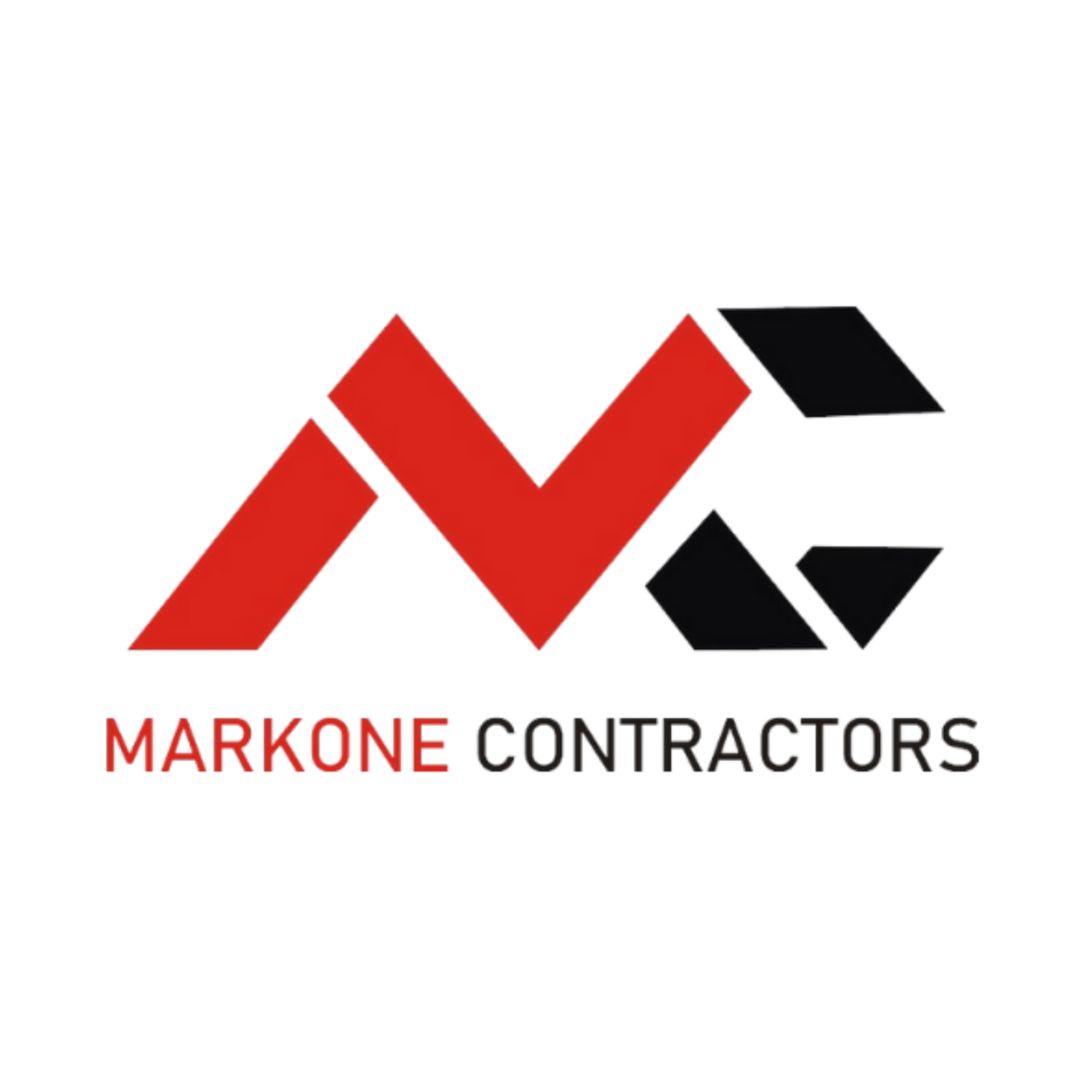
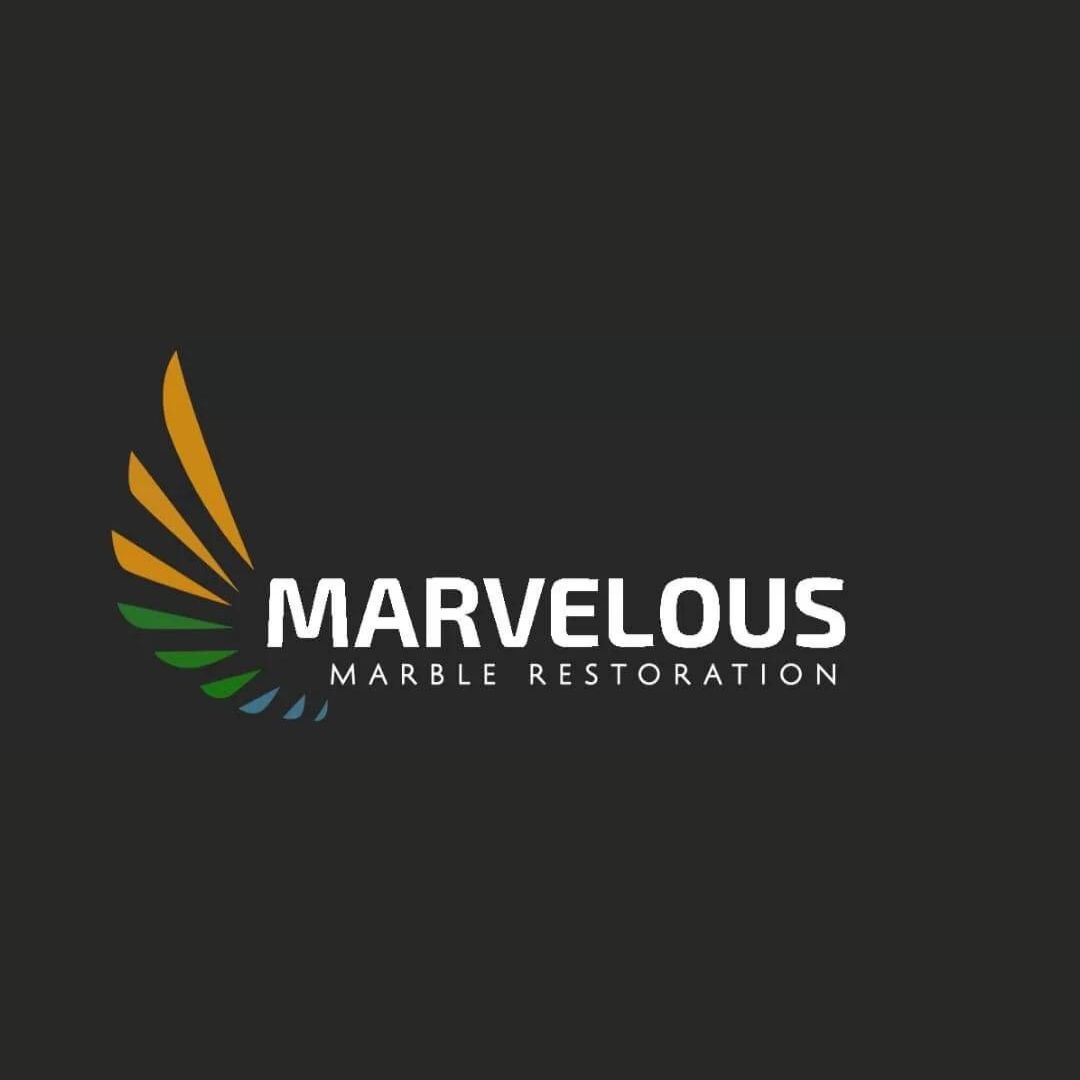
Process To Get it Cost to Build Multifamily Building Estimate Report
Here I am going to share some steps to get it cost to build multifamily building estimate report.
-
You need to send your plan to us.
You can send us your plan on info@estimatorflorida.com
-
You receive a quote for your project.
Before starting your project, we send you a quote for your service. That quote will have detailed information about your project. Here you will get information about the size, difficulty, complexity and bid date when determining pricing.
-
Get Estimate Report
Our team will takeoff and estimate your project. When we deliver you’ll receive a PDF and an Excel file of your estimate. We can also offer construction lead generation services for the jobs you’d like to pursue further.

